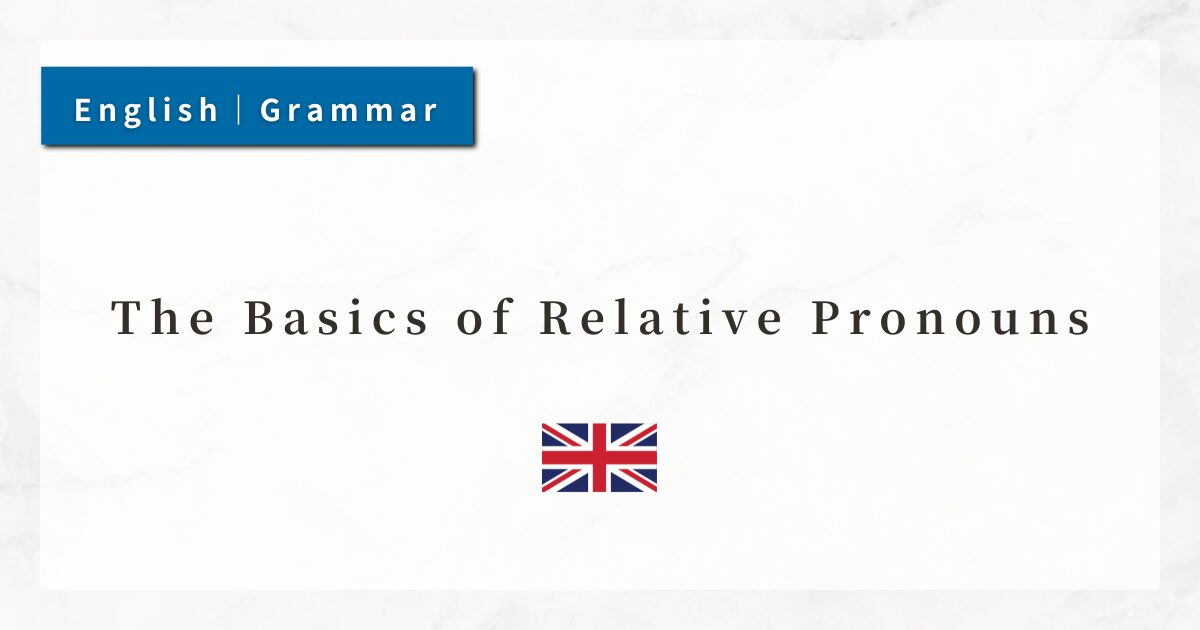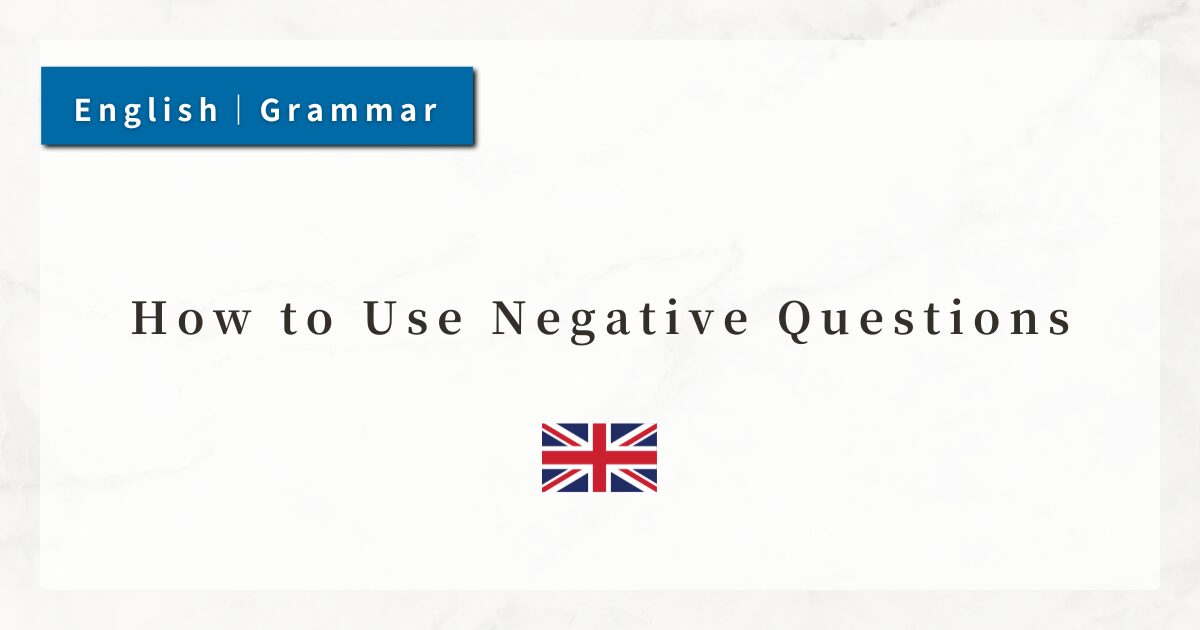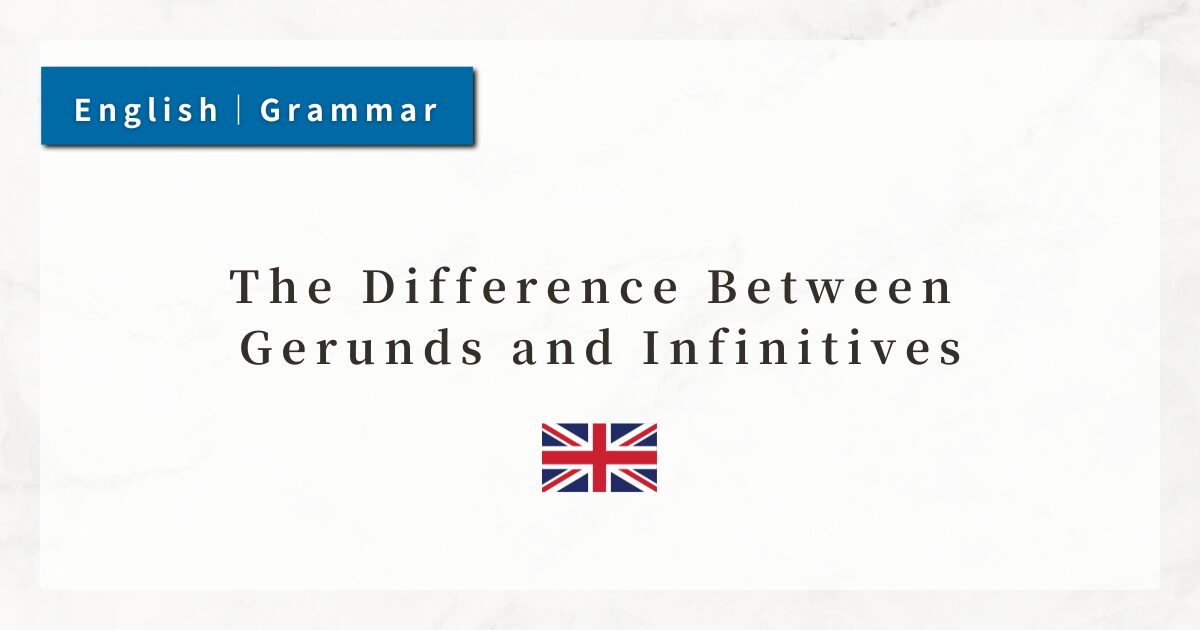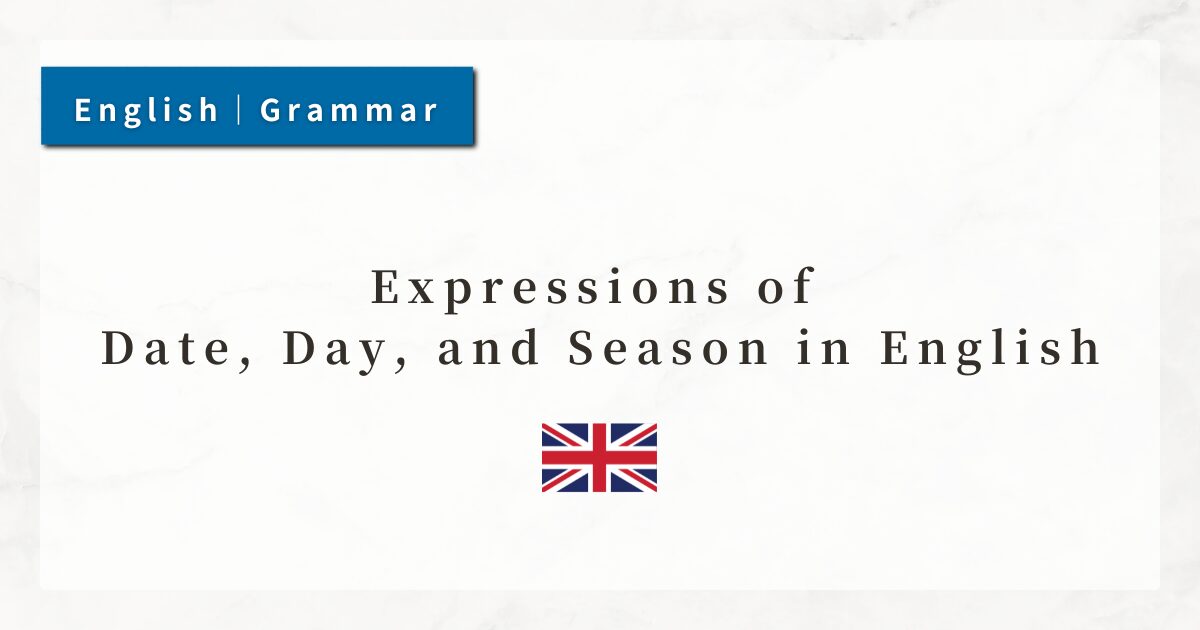#51 The Basics of Relative Pronouns|A Useful Way to Connect Two Sentences

In English, when I want to connect two sentences and add explanations such as “the person who …” or “the thing that …,” I use relative pronouns.
Relative pronouns allow me to make sentences shorter and more natural.
In this lesson, I will explain the basic role and usage of relative pronouns, along with representative patterns and example sentences.
1. Basic Rules of Relative Pronouns
A relative pronoun functions like a glue that connects two sentences into one.
For example, consider the following two sentences:
- This is the man. He helped me.
If I combine these using a relative pronoun, it becomes:
- This is the man who helped me.
Here, the relative pronoun “who” links “he” and “the man,” resulting in one concise sentence. This is the basic function of a relative pronoun.
2. Types and Functions of Relative Pronouns
Relative pronouns vary depending on the antecedent (the word they refer to).
2-1. who / that: Referring to People
- The girl who is singing is my sister.
- He is the man that won the prize.
“Who” is used exclusively for people, while “that” can refer to both people and things, making “that” common in spoken English.
2-2. which / that: Referring to Things or Animals
- This is the book which I bought yesterday.
- The dog that lives next door is very friendly.
“Which” is used for things or animals. “That” is more flexible and widely used.
2-3. whose: Expressing Possession (“…’s …”)
- She is the woman whose car was stolen.
- This is the student whose father is a doctor.
“Whose” is used when indicating ownership or possession.
2-4. where / when: Referring to Place and Time
- This is the house where I was born.
- 2000 was the year when we first met.
“Where” refers to a place, and “when” refers to a time.
3. Restrictive and Non-Restrictive Usage
Relative pronouns are used in two different ways depending on the type of explanation.
3-1. Restrictive Usage (Defining Information)
Adds essential information that specifies the meaning of the sentence.
- The students who study hard will pass the exam.
Here, the clause defines “which students” will pass, so it is necessary information.
3-2. Non-Restrictive Usage (Additional Information)
Adds extra, non-essential information. A comma must be used.
- My brother, who lives in Tokyo, is a doctor.
The identity of “my brother” is already clear, and “who lives in Tokyo” is simply extra information.
In non-restrictive usage, “that” cannot be used.
4. When Relative Pronouns Can Be Omitted
In spoken English, relative pronouns are sometimes omitted.
- This is the book (which) I bought yesterday.
→ “Which” can be omitted here.
However, omission is only possible when the relative pronoun functions as an object, not as a subject.
- The man who helped me is kind.
→ Here, “who” cannot be omitted because it is the subject.
5. Summary
- Relative pronouns connect two sentences and express “the person who …” or “the thing that ….”
- who / that → refer to people
- which / that → refer to things or animals
- whose → indicate possession
- where / when → refer to place and time
- Restrictive usage = essential information; Non-restrictive usage = additional information (commas required, that not allowed)
- Relative pronouns can be omitted only when they function as an object.




